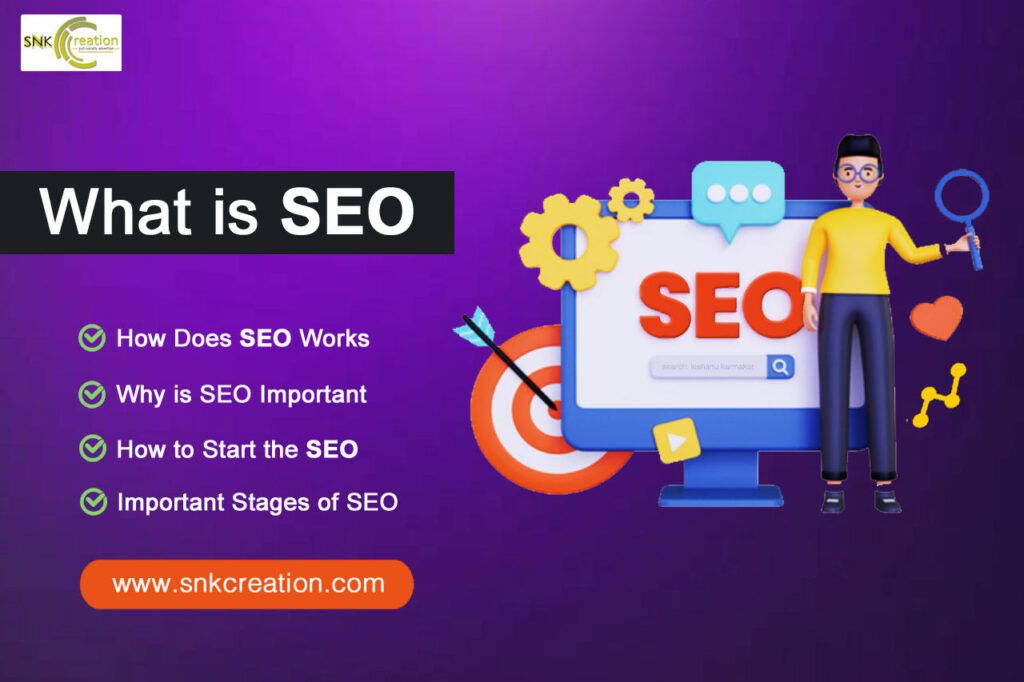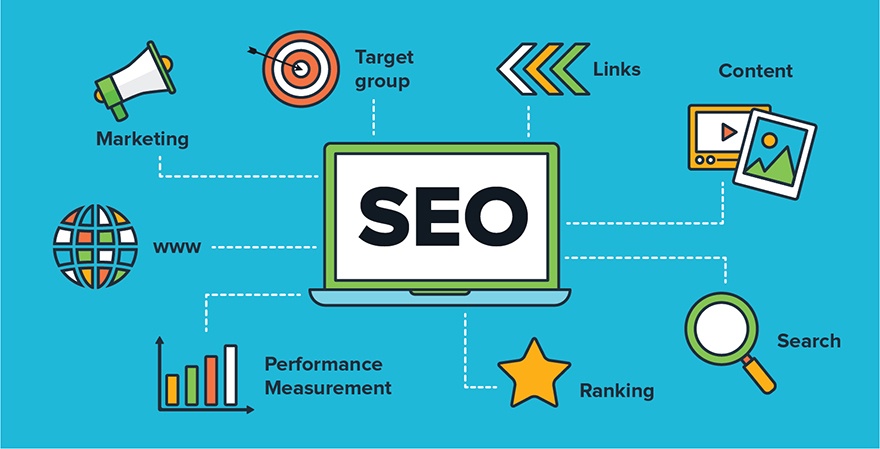
SEO: The Ultimate Guide to Optimizing Your Website for Search Engines

Introduction
In today’s digital landscape, having a strong online presence is crucial for businesses and individuals alike. Search engine optimization (SEO) plays a pivotal role in driving traffic to your website and improving your visibility in search results. This comprehensive guide will provide you with an in-depth understanding of SEO and equip you with the knowledge and strategies to optimize your website for maximum impact.

What is SEO?
SEO is the process of improving the visibility and ranking of a website in search engine results pages (SERPs). By optimizing your website for relevant keywords and phrases, you can increase the likelihood of your website appearing higher in search results, leading to more organic traffic.

Why is SEO Important?
- Increased Visibility: SEO helps your website stand out in a crowded online marketplace, making it easier for potential customers to find you.
- More Traffic: Higher rankings in SERPs result in increased organic traffic, which can translate into more leads, sales, and conversions.
- Improved Brand Reputation: A well-optimized website conveys professionalism and credibility, enhancing your brand’s reputation.
- Competitive Advantage: By implementing effective SEO strategies, you can gain a competitive edge over your rivals in the digital space.
On-Page SEO

On-page SEO focuses on optimizing elements within your website that are under your direct control. Key factors include:
- Keyword Research: Identifying relevant keywords and phrases that your target audience is searching for.
- Content Optimization: Creating high-quality, informative content that incorporates target keywords naturally.
- Title Tags and Meta Descriptions: Writing compelling title tags and meta descriptions that accurately describe your page’s content.
- Header Tags: Using header tags (H1, H2, etc.) to structure your content and highlight important keywords.
- Image Optimization: Optimizing images with descriptive alt tags and file names.
Off-Page SEO
Off-page SEO involves building relationships and acquiring backlinks from other websites. Key factors include:
- Link Building: Acquiring high-quality backlinks from reputable websites to improve your website’s authority and credibility.
- Social Media Marketing: Promoting your website on social media platforms to generate buzz and attract potential customers.
- Local SEO: Optimizing your website for local search results if your business has a physical location.
Technical SEO
Technical SEO ensures that your website is technically sound and accessible to search engines. Key factors include:
- Website Speed: Optimizing your website’s loading speed to improve user experience and search engine rankings.
- Mobile Responsiveness: Ensuring your website is mobile-friendly to cater to the growing number of mobile users.
- Site Architecture: Creating a clear and logical site structure that makes it easy for search engines to crawl and index your content.
Measuring SEO Success
Tracking your SEO performance is crucial to gauge the effectiveness of your strategies. Key metrics include:
- Organic Traffic: Monitoring the number of visitors coming to your website from search engines.
- Keyword Rankings: Tracking the position of your website in SERPs for specific keywords.
- Backlink Profile: Analyzing the quality and quantity of backlinks pointing to your website.
Conclusion

SEO is an ongoing process that requires consistent effort and optimization. By implementing the strategies outlined in this guide, you can significantly improve your website’s visibility, drive more traffic, and achieve your online marketing goals. Remember to stay up-to-date with the latest SEO trends and best practices to ensure your website remains competitive in the ever-evolving digital landscape.

